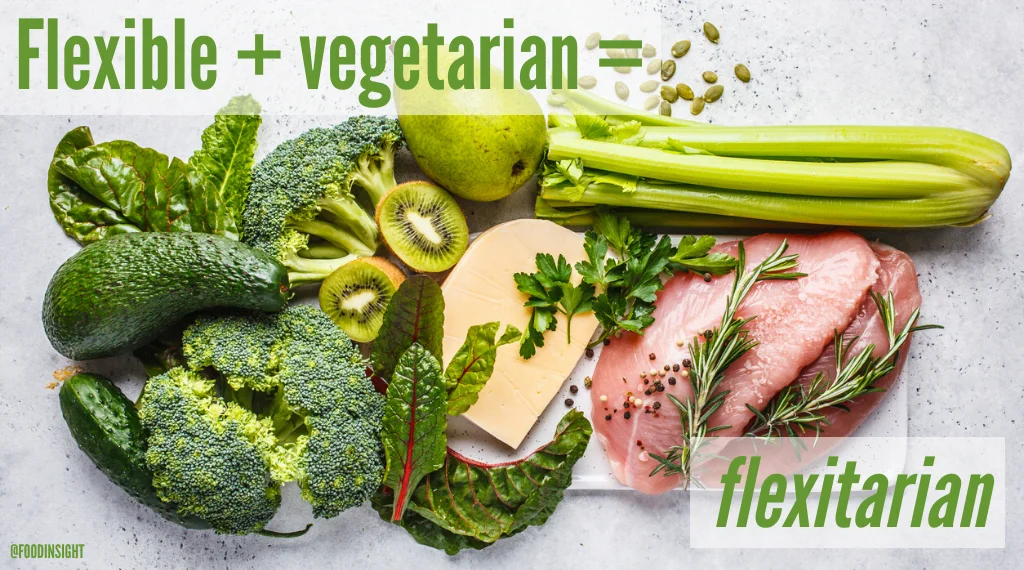
Curious about saccharin? You’re not alone. Conflicting information about low- and no-calorie sweeteners seems to be reaching new heights, so we’ve searched high and low for the facts. Here’s the lowdown on saccharin.
What is saccharin?
Saccharin is the original zero-calorie sweetener, with roots dating back to the 19th century. It was discovered in the 1870s by Constantine Fahlberg, a researcher at Johns Hopkins University in Baltimore, Maryland. Saccharin has been used to sweeten foods and beverages since 1900. Today, saccharin is used as a tabletop sweetener by brand names such as Equal® Saccharin, Sugar Twin,® and Sweet’N Low®.
How is saccharin different from sugar?
Both saccharin and sugar provide sweet taste. However, saccharin is 200–700 times sweeter than sugar, so only a tiny amount is needed to provide the same level of sweetness as sugar. In addition, saccharin is calorie-free, while sugar provides four calories per gram. When we consume sugar, our body breaks it down into glucose and fructose, uses what it needs for energy, and stores the rest in various forms for future use. In contrast, when we consume saccharin, our bodies don’t break it down or use it for energy. Instead, saccharin passes through the body unchanged, providing no calories in the process.
Is saccharin safe?
Yes, saccharin is safe to consume. It’s one of eight low and no-calorie sweeteners permitted by the U.S. Food and Drug Administration (FDA) for use in the U.S. food supply.
In addition to the FDA, leading global health authorities such as the European Commission’s Scientific Committee on Food (SCF, now known as the European Food Safety Authority) and the Joint FAO/WHO Expert Committee on Food Additives (JECFA) have concluded that saccharin is safe for human consumption. The safety of saccharin has also been confirmed by Japan’s Ministry of Health, Labour and Welfare; Food Standards Australia New Zealand; and Health Canada. Based on the conclusions of worldwide government and health organizations, saccharin is permitted for use in more than 100 countries.
Many of these approvals of saccharin came after concerns were raised in the 1970s about the safety of consuming saccharin. Initial studies at the time suggested that saccharin was linked to bladder cancer in male rats and might similarly affect humans. Through subsequent research, however, it was determined that saccharin does not cause cancer in humans, because the biological mechanisms responsible for the development of cancer from saccharin consumption are specific to rats and do not apply to human bodies.
For more information about research on cancer and the consumption of low- and no-calorie sweeteners like saccharin, visit the American Cancer Society and the National Cancer Institute.
Did you know?
Did you know that there is a purpose behind the different colors of common tabletop sweeteners? For those in the know, differently colored packets make it easier to quickly identify and choose your preferred type of sweetener. You may be most familiar with the color of sugar packets: White packets contain table sugar, and brown packets contain raw sugar. But low- and no-calorie sweetener packets have a consistent color code as well: Pink packets contain saccharin, blue packets contain aspartame, green packets contain stevia sweeteners, and yellow packets contain sucralose.
What’s the bottom line on saccharin?
A healthy eating pattern emphasizes mindfulness about portion sizes and the consumption of a variety of foods and beverages. Saccharin is not required in a healthy eating pattern, but it’s a safe option for those looking to reduce their consumption of calories from added sugars without having to sacrifice sweetness.
Recent Posts
- The Players & Pathways To Packaging Sustainability Wins
- Consumer Survey: Climate Change Perceptions and Purchase Impacts
- IFIC Celebrates National Hispanic Heritage Month and World Food Day: An Interview With Sylvia Meléndez Klinger
- Farming Technology Insights: Biopesticides and our Food Supply
- What To Do About Consumers’ Waning Confidence in the Safety of



